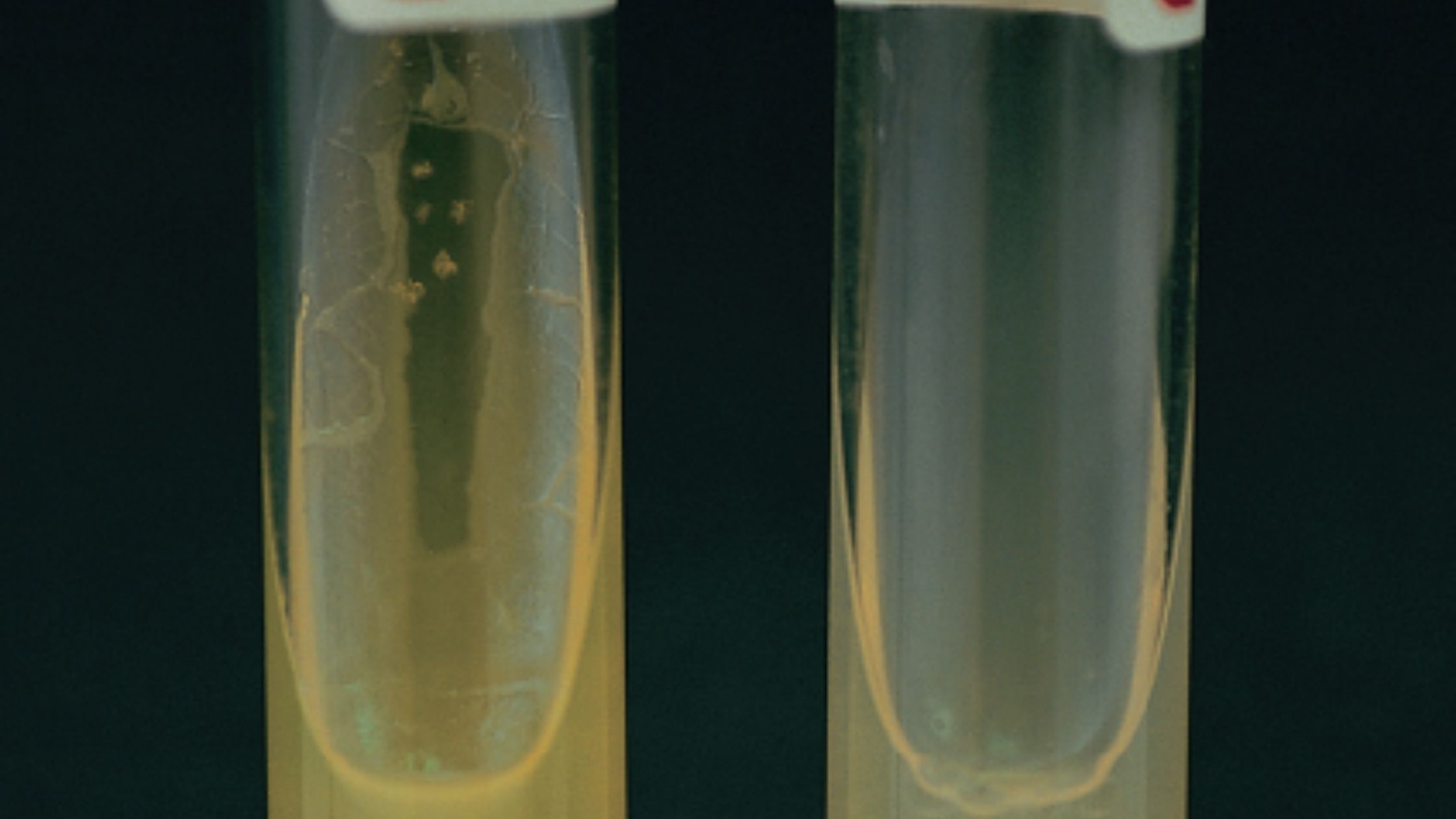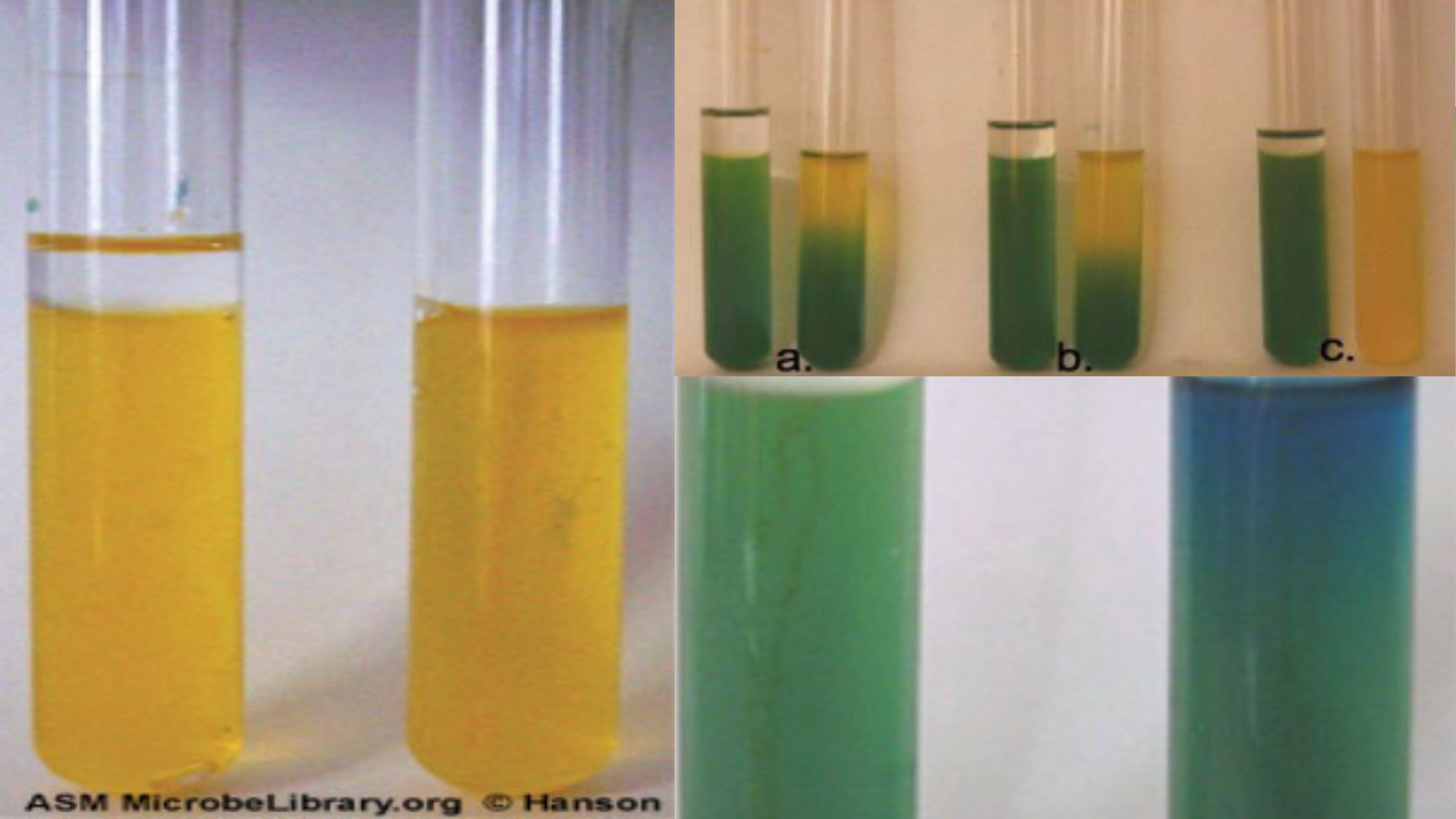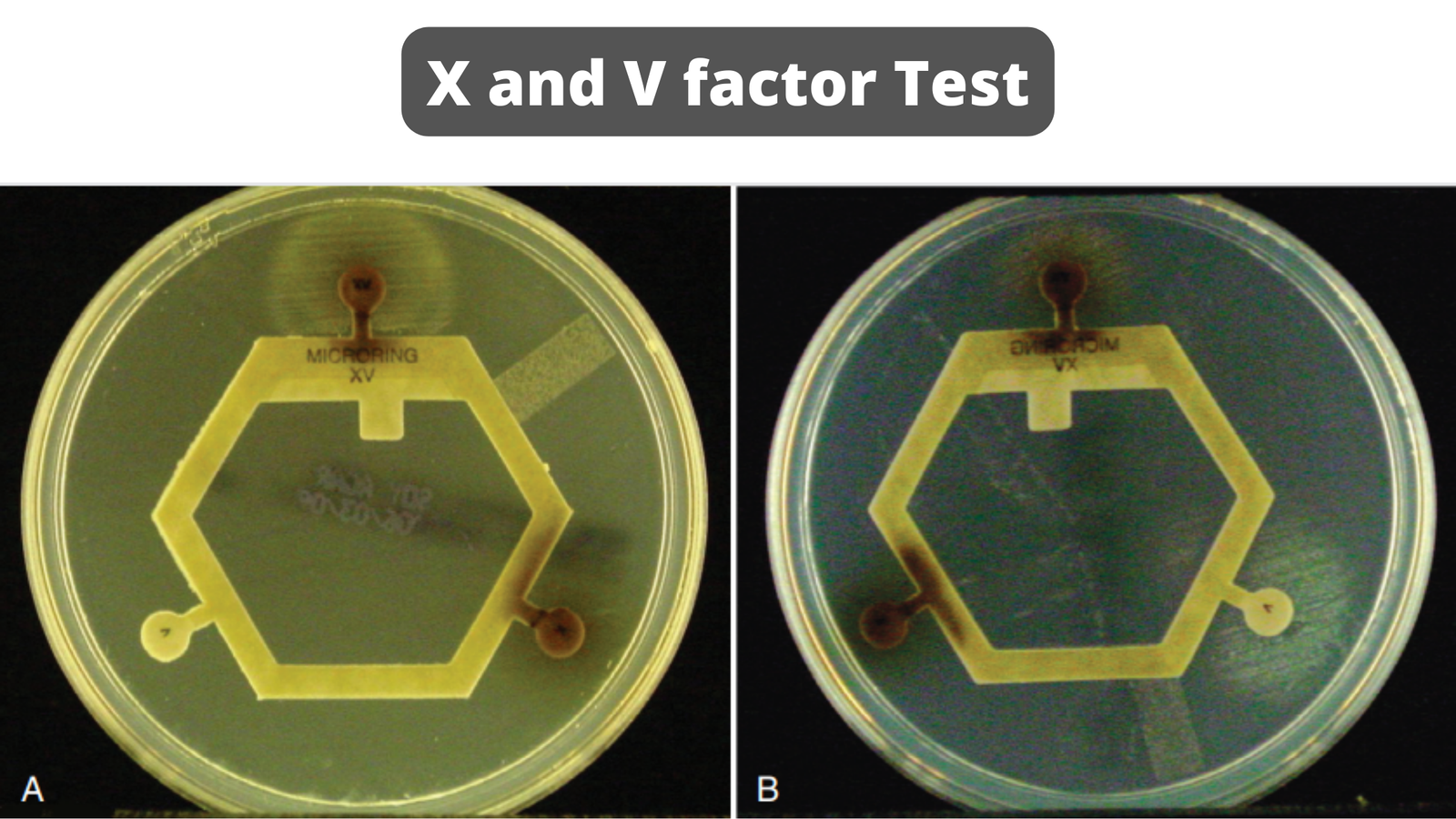Bile Solubility Test – Principle, Procedure, Result
What is Bile Solubility Test? Definition of Bile Solubility Test The bile solubility test is a biochemical assay used to differentiate Streptococcus pneumoniae from other alpha-hemolytic Streptococci based on the lysis of bacterial cells in the presence of specific bile salts. Objectives of Bile Solubility Test In essence, the bile solubility test is a pivotal … Read more









